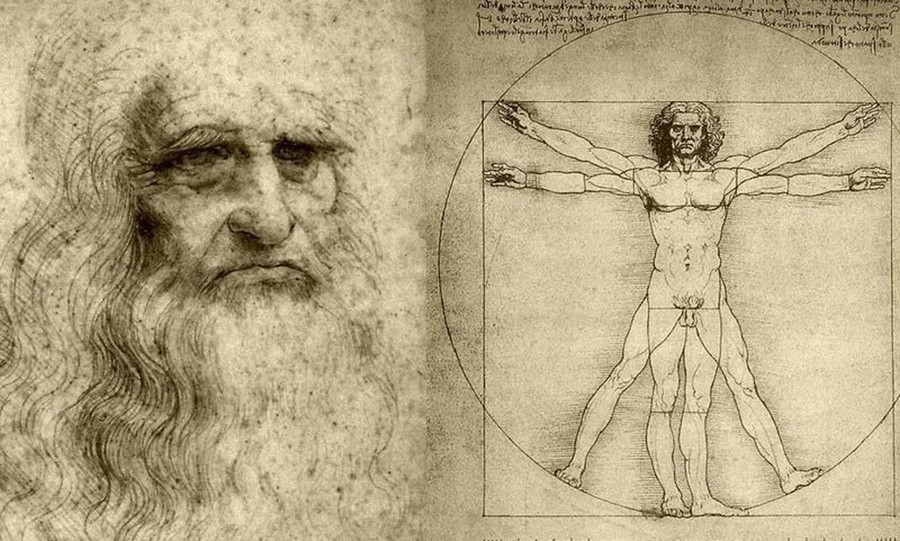Akrotiri's Legacy in Water Management: The Comprehensive Plumbing of Santorini's Akrotiri
The ancient site of Akrotiri on the island of Santorini, Greece, offers a fascinating glimpse into the advanced urban infrastructure of the Bronze Age. Among its most remarkable features is its sophisticated plumbing system, which highlights the ingenuity and technological prowess of the Cyclado-Minoan civilization. This system, encompassing toilets, drains, and water pipes, reveals a level of complexity and comfort that rivals many modern designs.
Advanced Water Supply Systems
At Akrotiri, archaeologists uncovered a highly advanced water supply network. Made primarily of terracotta or clay, these pipes bear a resemblance to those found in Knossos on Crete. However, Akrotiri's system stands out for its unique dual-piping structure. This double system, believed to have been used for delivering both hot and cold water, is a testament to the Minoan's innovative use of their natural environment. The nearby vast Thira volcanic system, with its abundant thermal energy, likely provided a natural source for hot water. This feature, possibly the earliest instance of a hot and cold water supply in history, illustrates a profound understanding of hydraulic engineering.
The Integration of Bathtubs and Municipal Water Supply
One of the most striking discoveries in Akrotiri was a large, actual bathtub found in one of the houses, indicating the importance of personal hygiene and comfort in Minoan culture. This bathtub, along with other residences, was connected to the municipal water supply, ensuring a steady flow of water for various household needs. The integration of individual bathing facilities with a communal water system speaks volumes about society's organizational skills and their prioritization of public health.
Prehistoric Site of Akrotiri, Santorini, Klearchos Kapoutsis
Innovative Sanitary Plumbing
The sophistication of Akrotiri's plumbing is further evidenced in its sanitary systems. In a notable departure from the crude cesspits common in Europe until the 19th century AD, Akrotiri featured an upstairs latrine in one of the houses, designed in line with Cycladic architectural principles. This latrine was connected to a terracotta drain line, which descended through the exterior wall and connected to the municipal sewage line. This design allowed for effective waste disposal and sanitation, a remarkable feat for its time.
The toilet seat, now hidden away in the museum in Fira, extended back into a framed indentation in the wall, with a masonry block in front providing a comfortable seating position. The slot in this block, serving as the toilet drain, is connected to channels within the wall, possibly for flushing water. This level of detail in sanitary design highlights an advanced understanding of hygiene and comfort.
Map of Akrotiri in the Bronze Age, ca. 1600 BC.
The plumbing system of Bronze Age Akrotiri is a striking example of early engineering excellence. The dual water supply system, integrating hot and cold water, the communal integration of individual bathing facilities, and the advanced design of sanitary plumbing all point to a society that was not only technologically advanced but also deeply concerned with the well-being and comfort of its inhabitants. These features, well ahead of their time, offer a window into the sophisticated urban planning and architectural prowess of the Cyclado-Minoan civilization, marking Akrotiri as a significant site in the study of ancient technologies.











